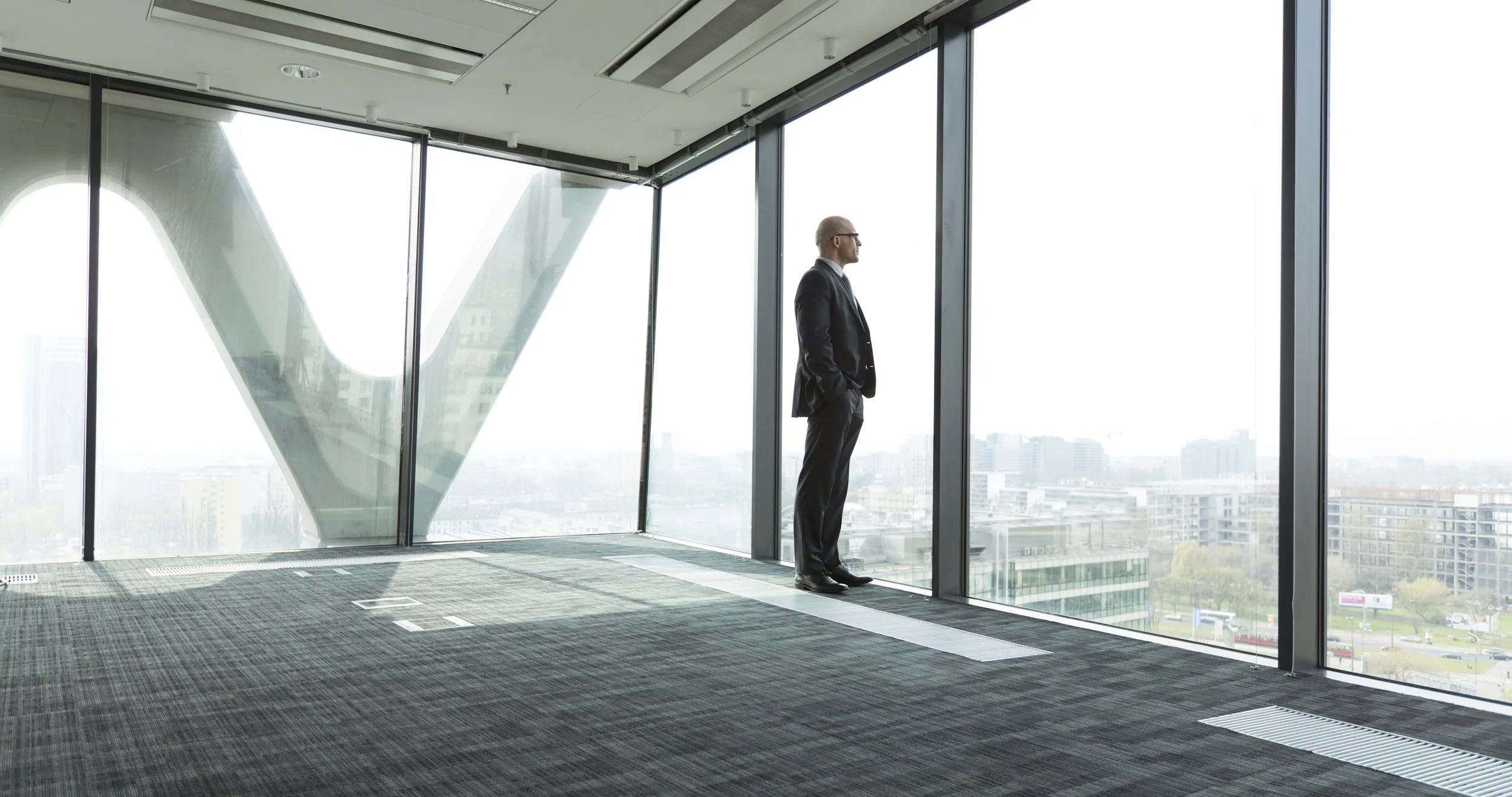In early 2020, the world witnessed a seismic shift in the way we work. The COVID-19 pandemic triggered a mass migration from offices to homes, forcing businesses to quickly adapt to a remote work model. As the pandemic winds down, and vaccines are rolled out on a global scale, we stand at a crossroads. Do we return to the office as if nothing happened, or do we embrace a new paradigm of work?
The answer, it seems, isn’t straightforward. While many employees have returned to their office desks, a significant percentage of the workforce continues to work remotely, either full-time or part-time. This evolving scenario has far-reaching implications for the commercial real estate sector and opens up potential new avenues for investment.
A New Work Model
According to NPR’s recent reporting, over half of Americans now work from home either some or all days of the week. This shift towards remote and hybrid work models has left many office spaces, particularly in densely populated urban centers, conspicuously empty. This phenomenon isn’t confined to the United States. It’s a global trend, and it’s transforming the commercial real estate landscape.
Lawyers, consultants, and financial advisors, once the primary occupants of corporate towers in cities like Los Angeles, are now absent from their offices, leaving spaces vacant and businesses that relied on their patronage, like shoe repair shops and coffee kiosks, struggling.
Yet, despite the bleak outlook, commercial real estate is far from a sinking ship. In fact, the post-pandemic era presents an array of opportunities for savvy investors ready to navigate the changing tides.
Adapting to Change
The key to success in this new era of commercial real estate lies in the ability to adapt. With the rise of remote and flexible work models, businesses are reevaluating their need for large, expensive office spaces. Kenneth Rosen, chair of the real estate research firm Rosen Consulting, suggests that companies, when their leases are up, are cutting back their use of space.
This could lead to a rise in smaller, more flexible workspaces. Think co-working spaces and shared offices that offer the amenities of a traditional office but on a much smaller scale. These setups are ideal for companies operating under a hybrid model, with teams that work remotely some days and in the office on others.
On the other hand, some sectors could see a rise in demand for office space. Industries such as tech and finance, where collaboration and face-to-face interaction are integral to innovation and growth, may still value traditional office setups. However, the emphasis may shift from densely packed urban centers to more spacious, suburban locales. These new hubs could offer employees a better work-life balance, with easier commutes and proximity to green spaces.
The Rise of Mixed-Use Spaces
Another trend that is gaining traction in the wake of the pandemic is the concept of mixed-use spaces. As cities become more pedestrian-friendly, the separation between commercial and residential zones is blurring. Developments that combine retail, office, and residential spaces into one interconnected hub are becoming more popular.
These multi-purpose buildings offer residents the convenience of living, working, and shopping in one location, cutting down on travel time and reducing carbon footprints. For businesses, they provide a ready customer base in the residents above and around them.
Investors who recognize this shift towards mixed-use spaces could stand to benefit. Properties in areas slated for redevelopment into mixed-use zones could appreciate significantly in value, providing a potential windfall for early investors.
Navigating Uncertainty
While the new opportunities are exciting, they also come with their share of challenges. The current state of flux in the commercial real estate market means that investors need to be agile and prepared for potential pitfalls. For example, the increase in vacant office spaces could lead to a drop in rental income for property owners.
Kenneth Rosen warns of potential defaults and foreclosures due to the inability of property owners to collect rent and service their loans. This could particularly impact small banks, which are often the financiers behind many of these loans.
However, this also means that there could be opportunities for investors to pick up properties at below-market prices. Properties in prime locations that have been hit by defaults could become attractive investment opportunities, especially for those with a long-term investment horizon.
Future-Proofing Commercial Real Estate
As the future of work continues to evolve, so too will the commercial real estate sector. Investors must stay abreast of these changes, adjusting their strategies to capitalize on new opportunities and mitigate potential risks.
This might involve diversifying portfolios to include a mix of traditional office spaces, flexible workspaces, and mixed-use properties. It might also mean exploring new geographic areas, such as suburban locales poised for growth in the wake of urban flight.
While the path ahead may seem uncertain, one thing is clear: the post-pandemic world offers a wealth of opportunities for those willing to adapt and innovate. As the old adage goes, “In the midst of chaos, there is also opportunity.” For the commercial real estate sector, the post-pandemic era is just such a time.


